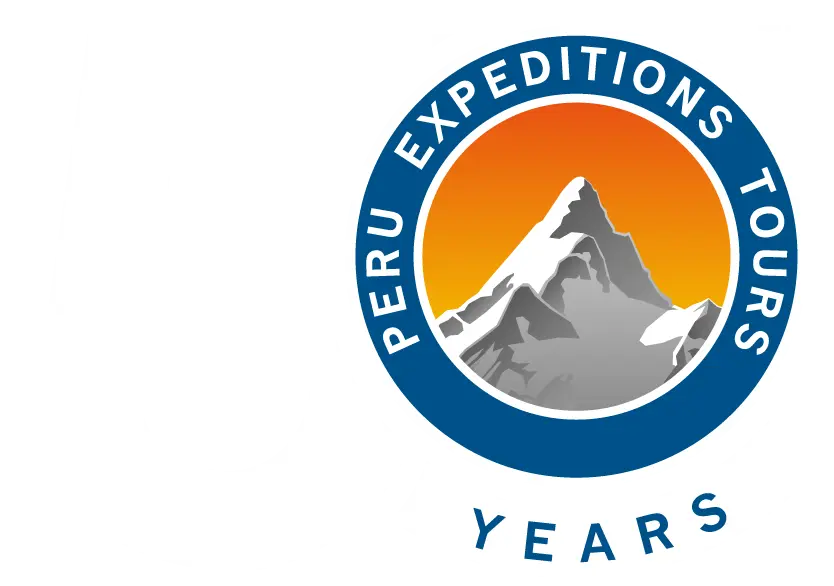
The current distribution of Quechua: ISO (that) in Peru is the result of the historical process of diffusion and conformation of the various geographic varieties. In reality, Quechua is a linguistic family, with various varieties distributed in seven South American countries (Peru, Ecuador, Colombia, Bolivia, Argentina, Chile and Brazil) according to data from the Ministry of Education (DNLO, 2013).
In Peru, the varieties of Quechua are grouped into two major branches: Quechua I and Quechua II (according to Torero 1964 terminology). The first is located in the central zone of the country and the second in the north and south zones. Its distribution corresponds to the historical phenomena of language expansion in the last millennium, the process of which explains the existence of various geographical variants (Cerrón 1987; Chirinos 2001; Moseley 2010).
According to data from the Ministry of Education (DNLO, 2013), in Peru Quechua is considered a vital language, although many of its varieties are actually in danger or serious danger. There is certainly a significant decrease in the relative importance of Quechua as a language in the country (at the beginning of the 20th century, 60% of the population was Quechua-speaking, while, at the beginning of the 21st century, only 15% was), but in absolute terms, there are more Quechua speakers in 2014 than there were in 1876 (Ribota 2012). Furthermore, at least a third of Quechua-speaking people are found in urban spaces (Valdivia 2002).
RELATED STORY: PERU HISTORY
There is no doubt about the greater antiquity of Quechua I. Therefore, it is presumed that Quechua originates from somewhere in the central Andes. Indeed, the first great displacement and expansion of Quechua seems to have occurred in the central zone itself, in quite ancient successive waves, which partly explains the great difference between the various sub-branches of Quechua I.
The following process of displacement was generated in times prior to the empire of the Incas, due to population movements and demographic changes. Quechua replaced Aymara as a local language in the southern and central Andean areas, both in areas such as the Sierra of Lima, but especially the current areas of Cusco, the Collao de Puno area and part of Apurímac. The varieties of these areas therefore maintain a series of phonological characteristics of ancient Aymara, such as fricatives and glottalized, today specific to the Quechua of Cusco and Puno.
Subsequently, the language would also spread to the northern highlands, partially replacing old local languages such as Culle (Torero 1964), as well as some other languages currently disappeared of which we have no news other than toponyms and some other scattered indications. Thus, Quechua was initially consolidated as a pan-Andean language in the Inca period, probably encouraged by the State as the language of administration and control, but also of the dissemination of knowledge, of the army, and of reciprocity and exchange between groups. With the empire, Quechua would become the general language (lingua franca) of communication between diverse populations that spoke different languages, now disappeared.
The process of expansion and consolidation of Quechua as the main language, and not only as a lingua franca, occurred during the colonial period. Considering that it was easier to spread Christian doctrine in a native language that the people already knew, the evangelizing priests promoted Quechua in much of the colonial territory. It is very likely that it was the catechization in Quechua, added to the establishment of the doctrine in the reductions of indigenous people, which ended up consolidating Quechua as the majority indigenous language in the northern areas of the country (Estenssoro 2003).
RELATED STORY: INCA EMPIRE
Language type
Andean
Geographical varieties
According to the Ministry of Education (2013), the Quechua language has four branches that group the varieties: Amazonian Quechua (what), Northern Quechua (what), Central Quechua (what) and Southern Quechua (what). According to the Ministry of Education (2018), the Quechua language presents the following varieties and states of vitality:
Branch | Variety | Department where it is spoken | State of vitality |
Amazonian Quechua | Amazonian Kichwa: Pastaza, Napo, Putumayo, Tigre, Alto Napo (Santarrosino-Madre de Dios) and Chachapoyas and San Martín | Loreto, Madre de Dios, Chachapoyas and San Martín | In danger |
Northern Quechua | Quechua Cajamarca | Cajamarca | Seriously in danger |
Northern Quechua | Quechua Inkawasi Kañaris | Lambayeque and Piura (Community of Chilcapampa, district of Huarmaca, province of Huancabamba; town center La Pilca, district of Buenos Aires, province of Morropón) | Vital |
Central Quechua | Quechua Pataz | La Libertad | Vital |
Central Quechua | Quechua Cajatambo, Oyón, Huaura | Lima | Seriously in danger |
Central Quechua | Quechua Yauyas | Lima | Seriously in danger |
Central Quechua | Quechua Ancash | Ancash | Vital |
Central Quechua | Quechua Huánuco | Huanuco | In danger |
Central Quechua | Quechua Pasco | Pasco | Seriously in danger |
Central Quechua | Quechua Wanka | Junin | Seriously in danger |
Southern Quechua | Quechua Chanka | Huancavelica, Ayacucho and Apurímac (Andahuaylas, Aymaraes and Chincheros) | Vital |
Southern Quechua | Quechua Collao | Apurímac (Abancay, Grau, Antabamba and Cotabambas), Cusco, Puno, Arequipa and Moquegua | Vital |
Linguistic Family
Quechua
Population that has the language as their mother tongue
There are 3,805,531 people who learned to speak in the Quechua language.
RELATED STORY: PERUVIAN CLOTHING
Degree of vitality of the tongue
According to the Ministry of Education (2013), Quechua is a vital language. For more detail, see the table in the language variety segment of this tab.
Status of your writing
The Quechua language has an official alphabet established by Ministerial Resolution No. 1218-85-ED, of November 19, 1985, with 34 spellings: a, aa, ch, chh, ch ‘, ts, tr, h, i, ii , k, kh, k ‘, l, ll, m, n, ñ, p, ph, p’, q, qh, q ‘, r, s, sh, t, th, t’, u, uu, w , and. In addition, Directorial Resolution No. 0282-2013-ED establishes the use of the 3 vowels “a, i, u” and Directorial Resolution No. 0293-2013-ED the Kichwa variety.
Registered interpreters and translators
Currently, within the framework of the implementation of Law No. 29735 (Law of Languages), the Ministry of Culture has registered two hundred and five (205) interpreters and / or translators of the Quechua language.
RELATED STORY: SUN GOD
Peoples that speak the language
- Kichwa
- Quechuas
Best Tours in Cusco and Sacred Valley
Many are the routes that take you to Machu Picchu, but none is like the Inca Trail Tours, the most famous pedestrian path in the Americas. After flying from the capital of Perú, Lima, you will arrive in Cusco to walk for four days along a path through forests and dense fog, millenary stone steps and discovering the ruins of ancient fortifications and Inca cities, and all the time enjoying majestic views.
- Salkantay Trek
- 5 Day Inca Trail
- Inca Quarry Trail
- 2 Day Inca Trail Tour
- 2 Day Inca Trail with Camping
- 3 Day Inca Trail
- Vilcabamba Hike to Machu Picchu 6 days
- Choquequirao trek to Machu Picchu 9 days
- Ausangate trek 7 days
If you want to visit Machu Picchu, we recommend you to book your Machu Picchu Ticket in advance, so you will enjoy your Vacation in Machu Picchu without any problem.











